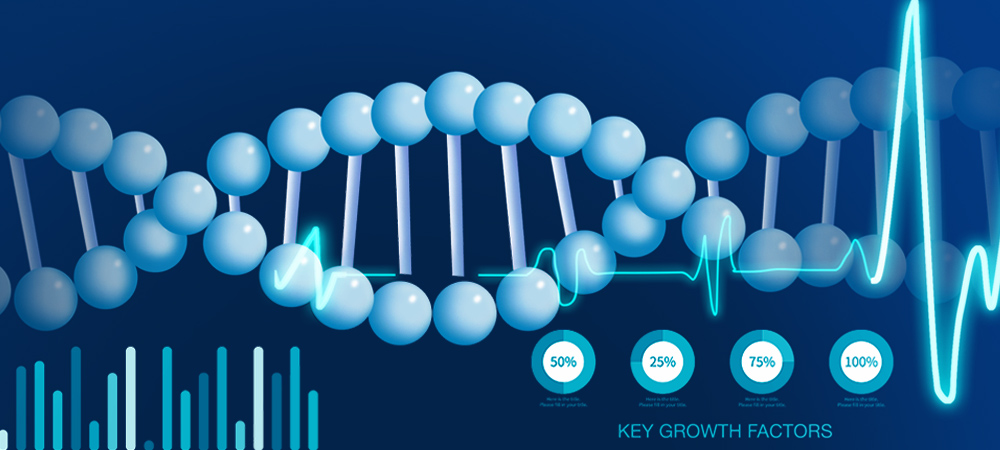

One of the 125 most challenging scientific questions published by Science is: Why do we need sleep? Although there are many theories, it is still a mystery to be solved. Sleep is regulated by internal factors of circadian rhythm and sleep homeostasis as well as a variety of external factors, affecting physiological functions. Researchers have made a series of gratifying progress in analyzing the mechanism of sleep regulation at the molecular, cellular, loop and network levels. However, it is still unclear how multiple brain regions and multiple cell types coordinate to regulate sleep. The analysis of cell-specific functions has created a new opportunity to understand the basic principles of brain coding and integration. Drosophila melanogaster, which is highly conservative with vertebrate sleep characteristics, has powerful genetic operation means and short life cycle, ranging from 200
Dr. Ren Qingzhong is currently the scientific editor of FCell Reports, a journal of Cell Press. After receiving a doctor's degree from the Institute of Neuroscience of the Chinese Academy of Sciences, he engaged in post-doctoral research at the Jeannelia Research Park of the Howard Hughes Medical Research Institute in the United States. In July 2019, he went to the Allen Institute in Seattle to work as a Scientist. He joined Cell Press in 2021.
Jiliang Hu got his PhD in the lab of Jeff Gore at MIT, where he is studying emergent behaviors of complex microbial communities by bridging theory and experiment. He is broadly interested in unveling coarse-grained features that can dictate complex s
Liu Kefei, Hong Kong University of Science and Technology (Guangzhou). Assistant Professor, System Hub, Life Sciences and Biomedical Engineering. In 2014, he received his doctorate from the Institute of Neuroscience, Chinese Academy of Sciences, and then conducted post-doctoral research at Yese University. The main research direction is system neurobiology. Academic papers were published in Neuron, Science Nature Communications. Hippocampus and other journals.
王雪晶,郑州大学第附屋医院主任医师教授博士生导师。于North Dakota State Univesity从事帕金森病发病机制博士后研究。中华医学会神经内科分会青年委员,河南省医学会神经病学分会候任主任委员。2020年获“中国杰出神经内科青年医师奖"主持国家优秀青年基金等。以第或最后通刑作者在Nature Medine Natue Commuriatins.AcaNeupatologiaommiations等李志发表论文。研究方向为脑类淋巴脑英林巴管系统与神轻变性病。


 Shenzhen Leonine Biological Technology Co., Ltd.
Shenzhen Leonine Biological Technology Co., Ltd.
Shenzhen Leonine Biological Technology Co.,Ltd
 3A01, Building 5, Zone E, Fuhao Garden, Gongming Community, Gongming Street, Guangming District, Shenzhen
3A01, Building 5, Zone E, Fuhao Garden, Gongming Community, Gongming Street, Guangming District, Shenzhen
3A01, Building 5, District E, Fuhao Garden,Gongming Community Gongming Street, Guangming District, Shenzhen